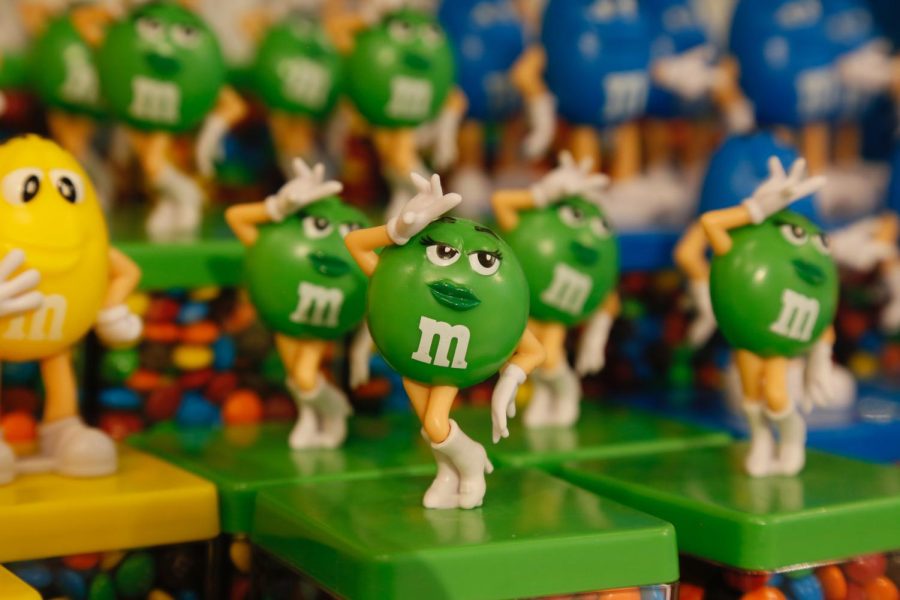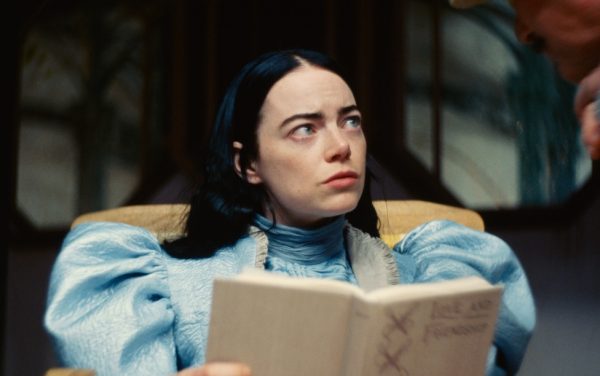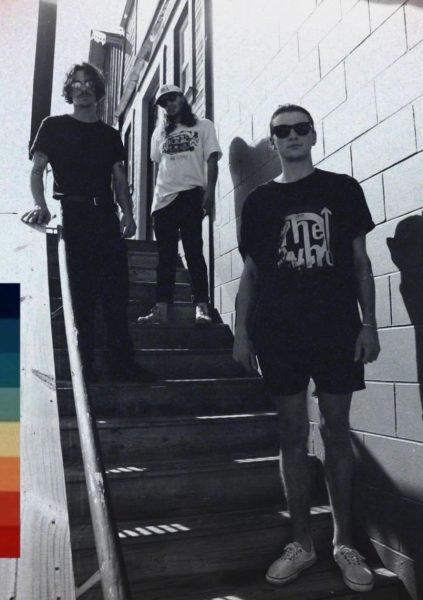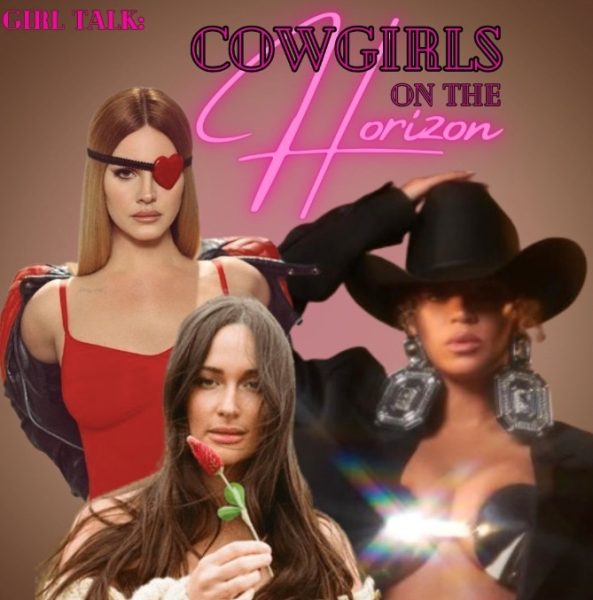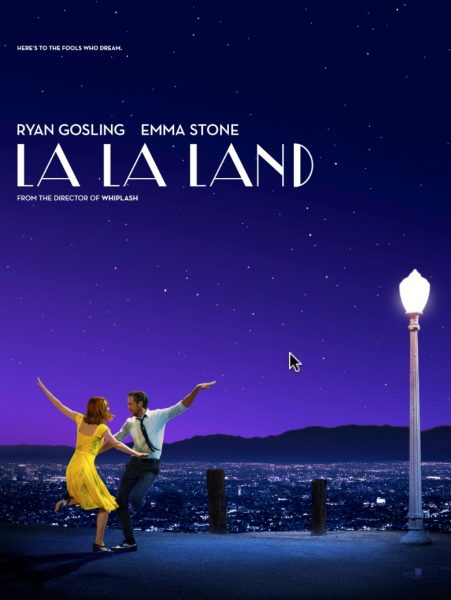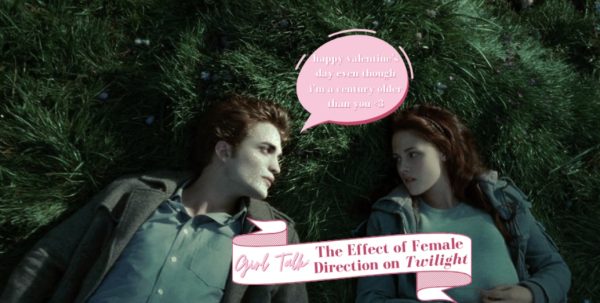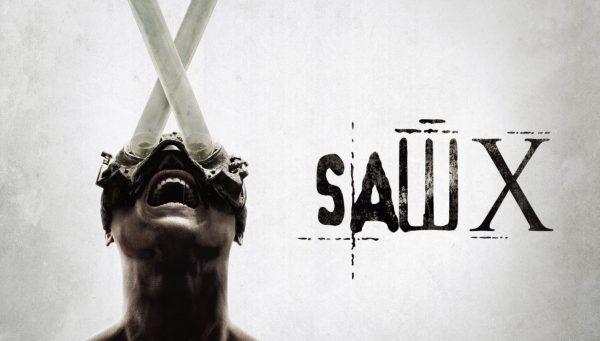What happened to M&M’s? Review of recent controversy and Q&A with Rockhurst PR Professor Dr. Acey Lampe provides insight
March 16, 2023
Recent changes to the M&M’s characters, that have defined the brand’s image for decades, sparked controversy among political partisans. In an event to avoid further critique, M&M’s announced that comedian Maya Rudolph would replace the characters in their 2023 Super Bowl ad. However, critics from Kellogg’s Super Bowl ad review claimed that M&M’s misled major news outlets and that their efforts were too complicated.
In 2022, M&M’s made a few, subtle changes to its candy characters to be more inclusive and progressive. This included tweaks like replacing the green M&M’s knee-high boots with sneakers, and trading in the brown M&M’s stilettos for shorter heels.
Nearly a year after these changes, right-wing politician, Tucker Carlson, weighed in on the changes, complaining the brand was trying to be “woke.” On his Fox News show, he declared, “M&M’s will not be satisfied until every last cartoon character is deeply unappealing and totally androgynous…when you’re totally turned off, we’ve achieved equity.” Carlson complained that the female M&M’s were no longer “sexy.”
Responding to this backlash, M&M’s released a statement on Twitter saying, “Even a candy’s shoes can be polarizing, which was the last thing M&M’s wanted since we’re all about bringing people together.” They announced M&M’s would take an indefinite pause from their “spokecandies” and introduced Maya Rudolph as the interim spokesperson, saying, “We are confident Ms. Rudolph will champion the power of fun to create a world where everyone feels they belong.”
From a public relations (PR) standpoint, M&M’s response was very professional to save face and protect themselves from further scrutiny. However, their 2023 Super Bowl commercial seems to have confused the public even further. In the commercial, Maya Rudolph satirically introduced a new, clam-flavored M&M’s. Towards the end of the commercial, the red M&M’s spokescandy made a subtle appearance in the crowd holding up a sign that read, “HELP!”.
This miniscule action from the red M&M’s caused much confusion because the audience was under the impression that the characters were not going to be included. Additionally, it seems as if the red M&M’s cry for help was more than a joke, rather the brand exhibiting its true feelings about the backlash they had faced from politicians.
Each year, Kellogg’s School of Management at Northwestern University releases a Super Bowl ad review, going into depth about each commercial aired. According to their advertisement grading scale, the M&M’s commercial received a “D”. Comments from Northwestern’s ad critics, Tim Calkins and Derek D. Rucker, regarding M&M’s commercial read, “First, the brand misled major news outlets, which is not a great way to build credibility, trust, and good relationships with media partners…But the main Super Bowl ad fell flat. This effort was just too complicated.”
Evidently, M&M’s attempt to pull-back from their characters resulted in mass confusion. The industry will be interested to see what the brand’s next move is going forward.
A recent interview with Rockhurst Public Relations Professor, Dr. Acey Lampe, provides students with information regarding M&M’s controversy and campaign from a public relations standpoint.
Q: What did you think of the M&M’s commercial?
A: “I didn’t like it on a number of different levels. As a society, we are supposed to be accepting of all dress, gender, and roles. Changing the M&Ms’ to meet someone’s personal agenda is the opposite of what we are supposed to practice.”
Q: In this current climate where an androgynous M&M’s character can be polarized, what are some obstacles that PR teams face?
A: “PR teams need to be sensitive to their clients, but they need to be open and honest on the short-and long-term effects of changing things that don’t need to necessarily be changed. The PR team has a responsibility to impress upon the client the need for focus groups and other ways to uncover consumer insights. If the client still insists on the change, the PR team has an opportunity to be creative and sensitive at the same time.”
Q: Do you think M&M’s responded correctly to the controversy? (This resulted in them replacing the characters with Maya Rudolph for the ad) Or did it just confuse/mislead the audience?
A: “The way that M&M’s responded just added more confusion to the already existing confusion. GoGo boots and stilettos are a reflection of the characters. Neither shoes nor any other clothing or jewelry should define a person. Femininity should be applauded just like masculinity and all other genders. If we start dictating what characters should or should not wear, we are sending a message that diversity is a bad thing.”
Q: Do you think M&M’s brand image was harmed? If so, how could the PR team navigate their next steps in repairing ties?
A: “Part of the synergy of the M&M’s characters is their ability to have open and honest, and oftentimes loud and expressive, conversations wherever they are, even on a spaceship. Before corporate changed anything, especially choosing a new voice, the M&M’s characters should have had an on-going conversation in ads (tv, social, radio, movie screen) and then let their consumers speak.”


